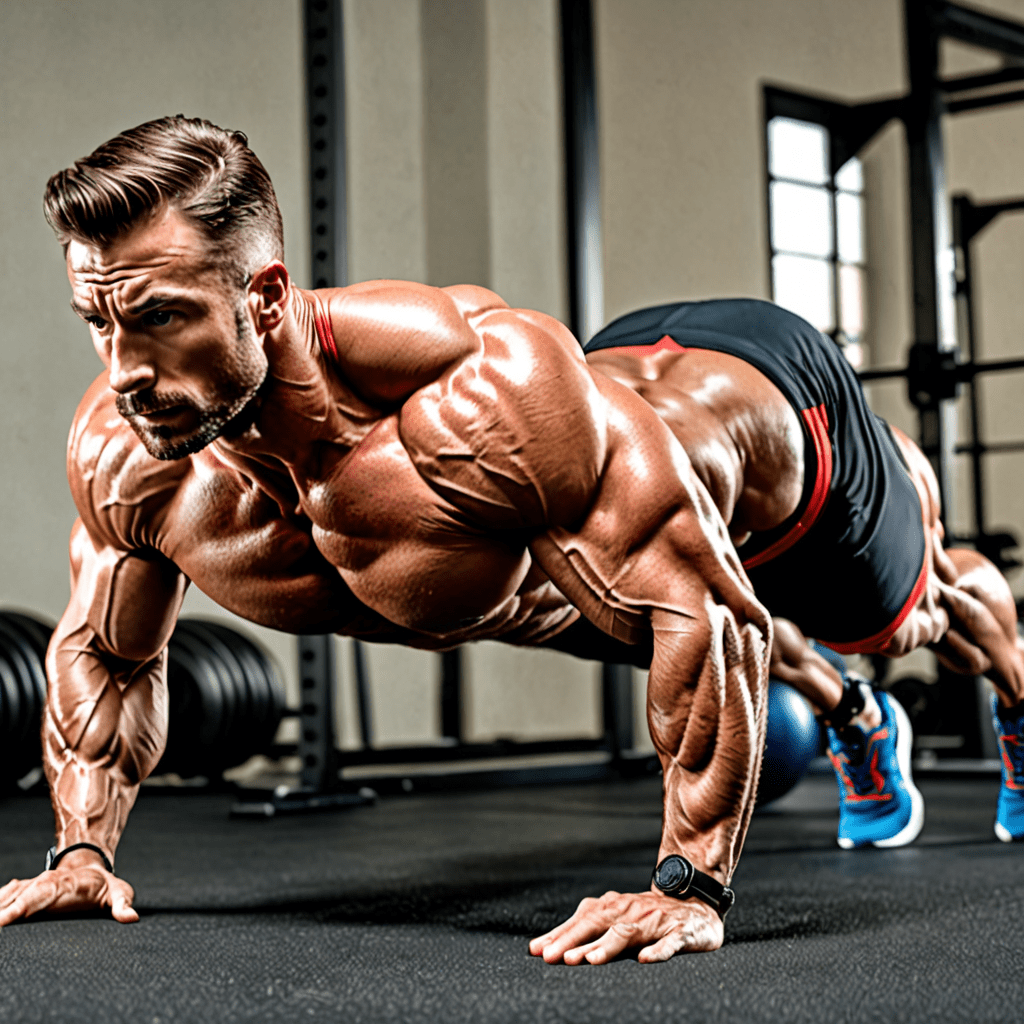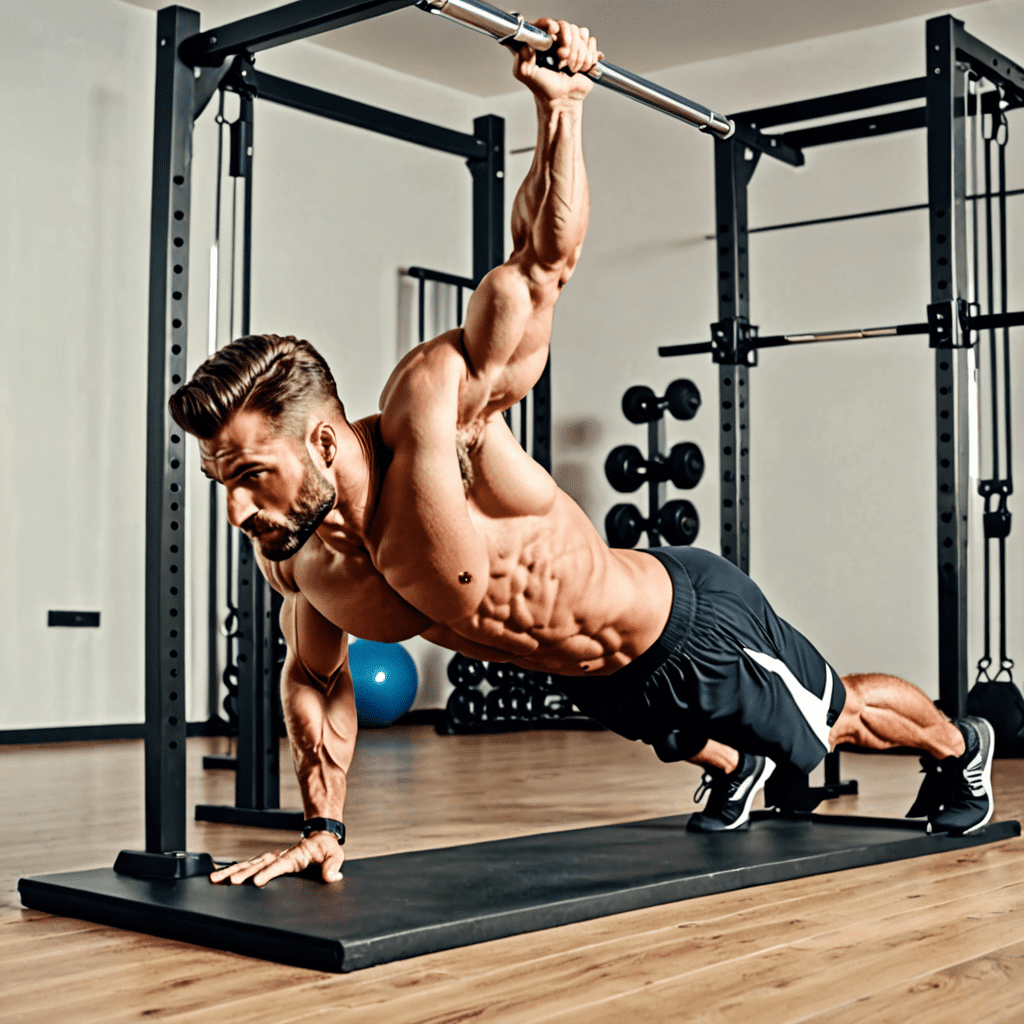
The Ultimate Guide: The Muscles Activated During Push-Up Exercises
Push-ups are a fundamental bodyweight exercise that target multiple muscle groups, making them an efficient and effective choice for strengthening the upper body and core. Whether you’re new to fitness or a seasoned athlete, understanding the specific muscles engaged during push-ups can help you maximize your workout and achieve better results. In this comprehensive guide, we’ll break down the key muscle groups involved in performing push-ups and provide valuable insights to help you enhance your fitness routine.
The Primary Muscles Engaged in Push-Ups
When performing a standard push-up, several primary muscle groups are activated:
1. Pectoral Muscles (Chest)
The pectoral muscles, commonly known as the chest muscles, play a crucial role in push-ups. They are responsible for the horizontal adduction of the arms, which is the movement of bringing the arms toward the midline of the body.
2. Deltoid Muscles (Shoulders)
The deltoid muscles, located in the shoulders, work synergistically with the pectoral muscles during push-ups. They aid in the movement of shoulder flexion and contribute to stabilizing the arms throughout the exercise.
3. Triceps Brachii
The triceps brachii, situated in the posterior of the upper arm, are engaged during push-ups to extend the elbows and support the straightening of the arms as you push your body off the ground.
4. Rectus Abdominis (Abdominal Muscles)
The rectus abdominis, commonly known as the abs, are activated to stabilize the core and maintain proper body alignment throughout the push-up movement.
5. Serratus Anterior
The serratus anterior, located on the sides of the chest, is involved in the protraction and stabilization of the shoulder blades, which is essential for the proper execution of push-ups.
Secondary Muscles Engaged in Push-Ups
In addition to the primary muscles, several secondary muscle groups are also activated during push-ups:
1. Biceps Brachii
The biceps, located in the front of the upper arm, act as stabilizers and are engaged to a lesser extent during push-ups.
2. Latissimus Dorsi (Lats)
The latissimus dorsi, commonly referred to as the lats, contribute to shoulder extension and are involved in stabilizing the torso during the push-up exercise.
3. Obliques
The oblique muscles, located on the sides of the abdomen, assist in stabilizing the core and preventing excessive rotation of the torso during push-ups.
4. Gluteal Muscles (Glutes)
The gluteal muscles play a role in maintaining overall body alignment and stability, particularly during the plank position at the top of the push-up.
5. Quadriceps
The quadriceps, located in the front of the thighs, are engaged to a certain extent to support the lower body during the push-up movement.
Maximizing the Benefits of Push-Ups
To optimize the effectiveness of push-ups and target the aforementioned muscle groups, it’s important to maintain proper form and technique. Additionally, incorporating variations such as incline push-ups, decline push-ups, diamond push-ups, and wide-grip push-ups can provide targeted stimulation to different areas of the upper body and core.
FAQ: Understanding the Mechanics of Push-Ups
Q: Can push-ups help build muscle?
A: Yes, push-ups are an excellent bodyweight exercise for building strength and muscle endurance, particularly in the chest, shoulders, triceps, and core muscles. By progressively increasing the difficulty and incorporating different push-up variations, individuals can effectively stimulate muscle growth and development.
Q: How many push-ups should I do to see results?
A: The number of push-ups required to see results can vary depending on individual fitness levels and goals. Beginners may start with as few as 5-10 push-ups per set and gradually increase the repetitions as strength improves. For more advanced individuals, aiming for 20-30 consecutive push-ups can be a challenging yet achievable target.
Q: Are push-ups suitable for everyone?
A: Push-ups can be modified to accommodate different fitness levels and physical abilities. Individuals who may find traditional push-ups challenging can perform modified versions using elevated surfaces or utilize resistance bands to lessen the load. It’s essential to consult with a fitness professional to determine the appropriate modifications based on individual needs and limitations.
By understanding the specific muscles involved in push-ups and recognizing the potential for muscle growth and strength development, individuals can effectively integrate this versatile exercise into their fitness regimen, ultimately enhancing their overall upper body and core strength.


